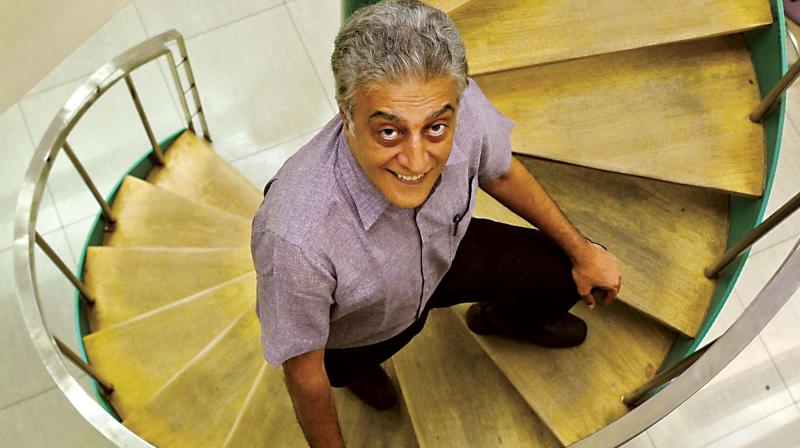DC's Gamechangers: In this urban jungle, the architect who breaks it all down

It's 6 pm on a Tuesday and Naresh Narasimhan's second media interview of the day. A testament perhaps, to truth of an observation he would make later: "In the past, social media platforms commented on mainstream news. Over the last year, those roles have been reversed. The media now turns to online platforms for information." And citizens like him, who use these as an integral part of their initiatives, are closely watched by the press.
Narasimhan, an architect and urban expert, was among a group of Bengalureans at the forefront of the #steelflyoverbeda campaign, a first of its kind in India. It found unprecedented success, drawing thousands of people out onto the streets to protest a project that would have cost Bengaluru 812 trees and close to Rs 2000 crores. Citizen-driven initiatives have gathered momentum since, propelled by a new faith in democracy; interest groups mushroomed and RWAs took on local issues with renewed vigour. "There are some 1800 Resident Welfare Associations in Bengaluru. 15 years ago, the numbers were in the low double digits!" exclaimed Narasimhan. The sheer volume of people concerned about the environment is increasing - "Being a software engineer doesn't preclude one from being literate about city issues!"
And there are two things, Narasimhan remarks, that never fail to get the public’s goat – “The degradation of the environment and unsavoury political practices.” The steel flyover project offered a profusion of both, and the success of the #beda campaign, he says, “was a confluence of circumstances.” Did he expect this response? “Frankly, no. We were expecting 800 people at the October 16 protest. 8000 showed up. The line went from Chalukya Hotel to Mekhri Circle and all the way back!”
By late 2016, as the movement peaked, citizens pledged their support to the organisation's cause in droves, hundreds of short films did the rounds, an online signature campaign collected well over 35,000 signatures and Jhatkaa.org, which launched a ‘missed call’ campaign, received around 100,000 responses. The project was officially scrapped on March 2. “The Chief Minister is a mass leader and he knew the mood of the people. He simply said that if the citizens didn’t want it, neither did they.”
Still, challenges arise anew with every initiative that involves bureaucratic process. Narasimhan points through a window, to the football field opposite his office in Langford Town. "The drains were being fixed and one little bit has been left uncovered. That's an accident waiting to happen."
Through social media, they found what he calls a “new communications paradigm.” The success of their steel flyover campaign has left the public hungry for another, leaving the problem itself, systemic and deep-rooted, unaddressed. “The government doesn’t own processes, it only owns projects,” said Narasimhan. “They like to announce projects but there are systemic distortions in planning and implementation.” For instance, 450 million litres of sewage is released into Bellandur Lake everyday. “Millions of litres of untreated sewage flow into the lake everyday. The current and future planned sewage treatment plants are able to deal with only a-fifth of that.”
It’s not all gloom-and-doom, though. The government’s overhaul of Church Street, for instance, will provide citizens with their first world class, pedestrian-oriented experience. This is part of Narasimhan’s pro bono efforts, in collaboration with the government, to help build a people-friendly, holistic and sustainable Bengaluru.

